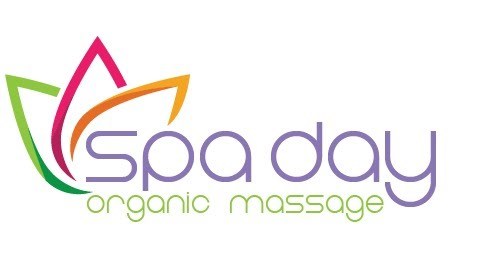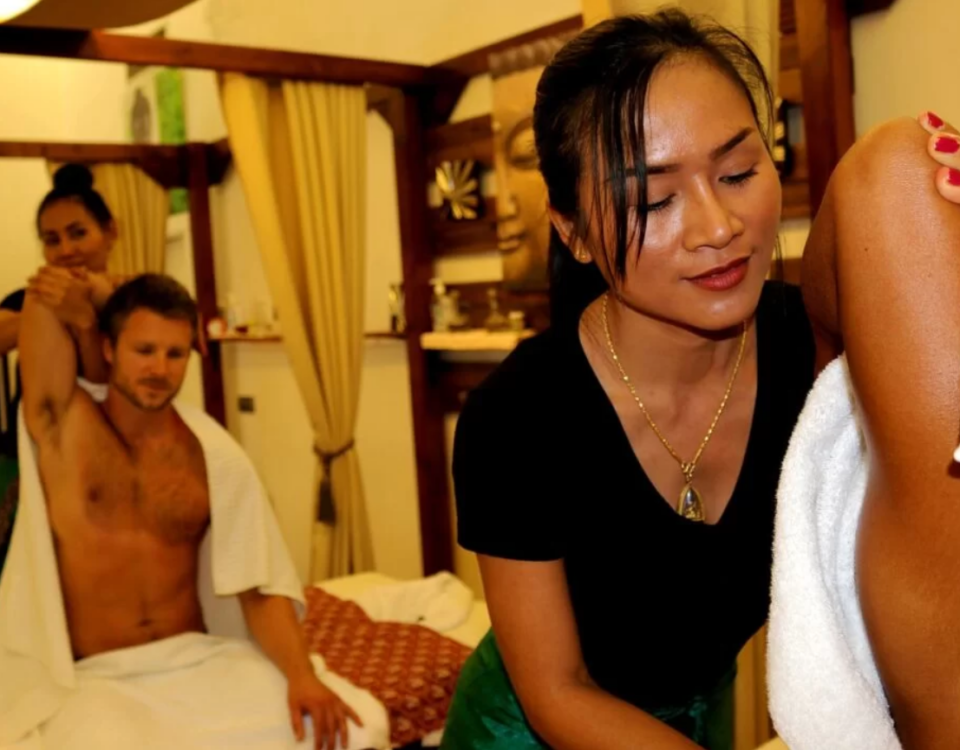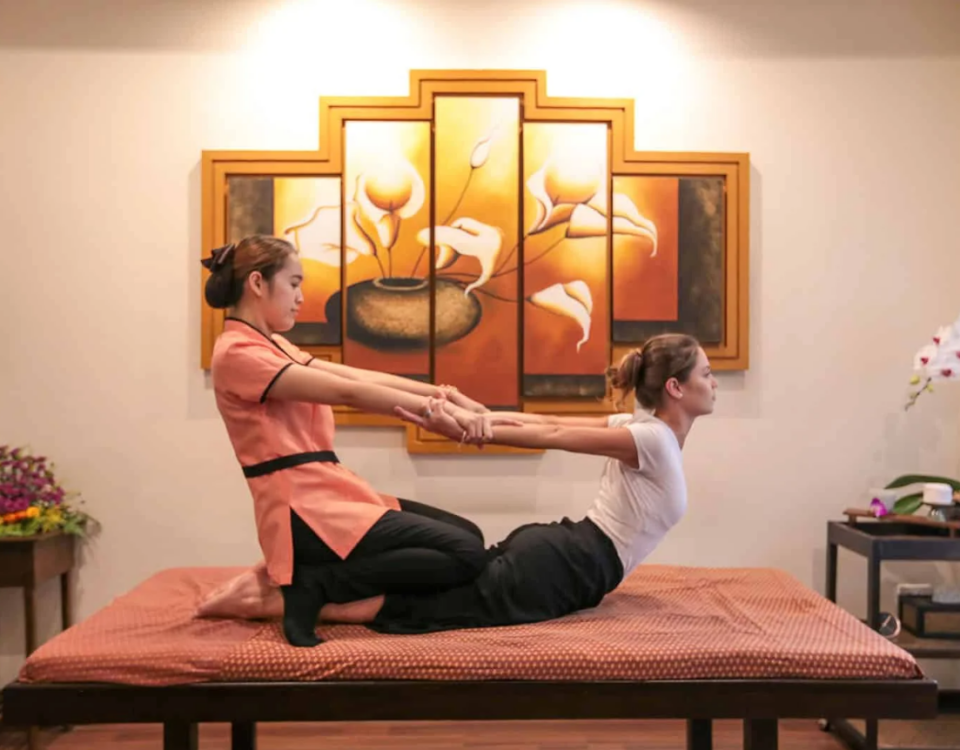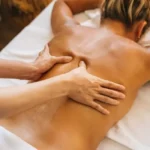
The Science Behind Deep Tissue Massage: Unraveling Muscle Knots
March 13, 2024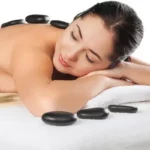
Unveiling the Origins of Hot Stone Massage: Ancient Practices and Modern Adaptations
March 18, 2024Thai Massage traces its roots back to ancient Thailand, where it was developed over 2,500 years ago. Originally known as “Nuad Bo Rarn,” meaning “ancient massage,” this practice has been passed down through generations as a holistic healing art. Unlike traditional Western massage techniques, Thai Massage focuses on energy lines, or “Sen,” and incorporates stretching and yoga-like poses.
The origins of Thai Massage are deeply intertwined with Thai culture and spirituality, with influences from Indian Ayurvedic medicine and traditional Chinese medicine. Practitioners believe that by working on the body’s energy pathways, they can restore balance and harmony, leading to improved flexibility and overall well-being.
Today, Thai Massage continues to thrive as a popular therapeutic practice worldwide, offering individuals a natural and holistic approach to enhancing flexibility and promoting relaxation.
The Science Behind Thai Massage: How It Enhances Flexibility and Range of Motion
The effectiveness of Thai Massage in improving flexibility and range of motion lies in its unique blend of techniques and principles. Unlike traditional massage therapies that focus solely on muscle manipulation, Thai Massage incorporates passive stretching, joint mobilization, and acupressure to target both the muscles and connective tissues.
Research has shown that Thai Massage can increase flexibility by elongating muscle fibers and releasing tension in the body. Additionally, the gentle pressure applied to specific points along energy lines helps to improve circulation and reduce inflammation, further enhancing flexibility and mobility.
Moreover, Thai Massage stimulates the nervous system, promoting relaxation and reducing stress levels, which can contribute to increased flexibility over time. By incorporating Thai Massage into your wellness routine, you can experience the science-backed benefits of improved flexibility and range of motion.
Incorporating Thai Massage into Your Flexibility Routine: Tips and Techniques for Optimal Results
Adding Thai Massage to your flexibility routine is a simple and effective way to enhance your overall well-being. To maximize the benefits, consider incorporating the following tips and techniques:
- Consistency is Key: Aim to receive Thai Massage regularly to maintain and improve flexibility over time. Consistent sessions can help loosen tight muscles and prevent stiffness.
- Communicate with Your Practitioner: Be sure to communicate your flexibility goals and any areas of concern with your Thai Massage practitioner. They can tailor the session to address your specific needs and focus on areas requiring extra attention.
- Combine with Stretching: Pair Thai Massage with regular stretching exercises to optimize flexibility gains. The passive stretching techniques used in Thai Massage can complement your stretching routine, helping you achieve greater range of motion.
- Stay Hydrated and Rested: Drink plenty of water before and after your Thai Massage session to stay hydrated and aid in muscle recovery. Additionally, ensure you get adequate rest to allow your body to fully benefit from the massage therapy.
Incorporating these tips and techniques into your flexibility routine can help you reap the full benefits of Thai Massage, leading to improved flexibility, mobility, and overall well-being.
